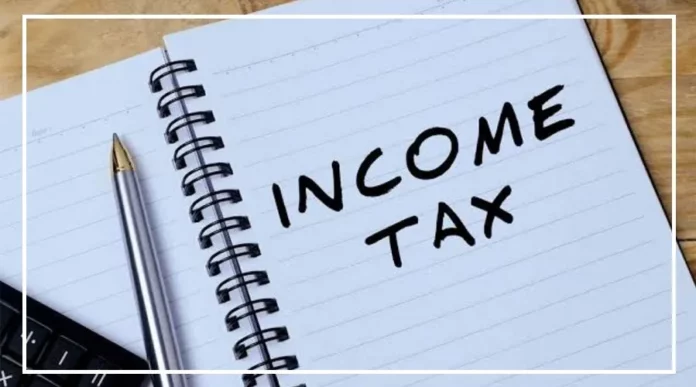Income Tax: When it comes to income tax, we often hear terms like financial year, assessment year, TDS, deductions, and exemptions.
But many people find these words confusing. Understanding these terms is important for proper tax planning and for filing your Income Tax Return (ITR) correctly.
Once you know their meanings, handling your income and taxes becomes much easier.
Some of these terms may sound similar but have different meanings. Let’s break down 5 important income tax terms in simple language:
1. Financial Year and Assessment Year
Financial Year (FY): This is the year in which you earn your income and pay taxes. It starts on 1st April and ends on 31st March the next year.
For example, income earned between 1st April 2017 and 31st March 2018 is part of the financial year 2017–18.
Assessment Year (AY): This is the year after the financial year, when your income is assessed, and you file your Income Tax Return (ITR).
So, for FY 2017–18, the assessment year will be 2018–19.
2. Gross Total Income and Total Income
Gross Total Income: This is the total of all your income, including salary, rent, business income, interest, and other sources.
Total Income (or Taxable Income): When you subtract tax benefits and deductions (under Sections 80C to 80U) from your gross total income, the amount left is your taxable income.
3. Advance Tax and Self-Assessment Tax
Advance Tax: If your tax due exceeds ₹10,000 in a financial year (after TDS is deducted), you must pay it in installments during the same year.
The due dates are 15th September, 15th December, and 15th March.
If not paid on time, there is a 1% penalty per month.
Self-Assessment Tax: When you calculate your total tax before filing your return and see that some tax is still unpaid, you pay it yourself.
This should be paid before filing your return for that assessment year.
4. TDS and Total Tax
TDS (Tax Deducted at Source): This is the tax already deducted from your income (like salary or bank interest) by the payer.
The TDS rate varies depending on the type of income.
Total Tax: This is the overall tax you owe on all your income. It includes the part already deducted through TDS and any balance you must pay via advance tax or self-assessment tax.
5. Exemptions and Deductions
Exemption: This means certain income is fully or partly excluded from tax, like HRA, LTA, or interest on tax-free bonds.
These are usually covered under Section 10 or 54.
Deduction: These are amounts subtracted from your taxable income, reducing your tax burden.
Examples include investments in LIC or PPF under Section 80C, or medical insurance premiums under Section 80D.
These terms are important for better tax planning. Understanding them helps you save more money and makes filing your tax returns much easier.
